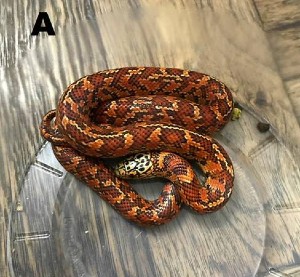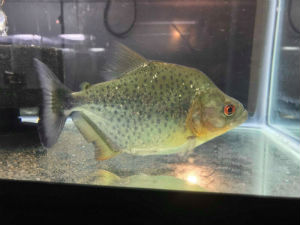
Are piranhas amphibians? Learn the Differences Between Piranhas and Reptiles
Are piranhas amphibians? The answer is no! Keep reading to understand why.Examples of reptiles include alligators, crocodiles, lizards, snakes, turtles, and tortoises.
 Only fish can be found in water, but reptiles may be found on land and in the water. Fish are ectothermic, or cold-blooded, aquatic vertebrates. The reptile is coated with scutes or scales and has a cold blooded metabolism. Scales are another characteristic of fish, with the exception of cartilaginous fish. Fins, which can be paired or unpaired, serve as limbs, while reptiles rely on little legs. Fish may be found in great numbers everywhere there is saltwater or freshwater. Crocodiles and alligators inhabit rivers, whereas lizards and chameleons may be found just about anywhere. Lamprey, sharks, ray fish, and so on are all instances of fish, while lizards, crocodiles, snakes, and turtles are all examples of reptiles.
Only fish can be found in water, but reptiles may be found on land and in the water. Fish are ectothermic, or cold-blooded, aquatic vertebrates. The reptile is coated with scutes or scales and has a cold blooded metabolism. Scales are another characteristic of fish, with the exception of cartilaginous fish. Fins, which can be paired or unpaired, serve as limbs, while reptiles rely on little legs. Fish may be found in great numbers everywhere there is saltwater or freshwater. Crocodiles and alligators inhabit rivers, whereas lizards and chameleons may be found just about anywhere. Lamprey, sharks, ray fish, and so on are all instances of fish, while lizards, crocodiles, snakes, and turtles are all examples of reptiles.Reptiles' reproductive success is also influenced by the surrounding temperature. The only snakes that are born alive are boas and pythons. The female of the species lays her eggs in a small nest, and the male of the species leaves. Baby birds will emerge from their eggs in a matter of days to months. The ratio of male to female hatchlings is most strongly influenced by the soil temperature. A young reptile may take its first steps, glide, and swim just hours after birth. Reptiles first appeared 315 mya and continued to dominate the animal kingdom all the way through the Mesozoic Era, which lasted for 270 mya and ended with the extinction of the dinosaurs.
According to the Red List maintained by the International Union for Conservation of Nature, over 20% of all species studied are reptiles. This amounts to 989 species globally.
Difference Between Piranhas and Reptiles
What Is The Key Difference Between A piranha And A Reptile?
The differences between a piranha and a reptile are many and not limited to any one characteristic. Differences in environment, reproduction, breathing, skin, and movement all play a role.
 Water is the only suitable habitat for piranhas, whereas reptiles may thrive in both land and sea environments. The vast majority of reptiles are oviparous, meaning that they produce offspring by in-utero fertilization. Unlike most mammals, certain reptiles are able to deliver fully formed babies. With very few exceptions, piranha eggs are fertilized externally in nearly all species.
Water is the only suitable habitat for piranhas, whereas reptiles may thrive in both land and sea environments. The vast majority of reptiles are oviparous, meaning that they produce offspring by in-utero fertilization. Unlike most mammals, certain reptiles are able to deliver fully formed babies. With very few exceptions, piranha eggs are fertilized externally in nearly all species.Reptiles have a highly evolved respiratory system that allows them to breathe air but prevents them from breathing underwater. To a certain extent, this is true, although turtles are an obvious exception. The piranha relies on gills for breathing. Unlike other reptiles, piranhas utilize their fins for propulsion when swimming. Snakes and other reptiles are able to move by sliding over their scales. Reptiles have tough skin that is covered with scales. Their skin is impermeable to water, allowing them to live on land. However, most piranha have scales instead of regular skin.